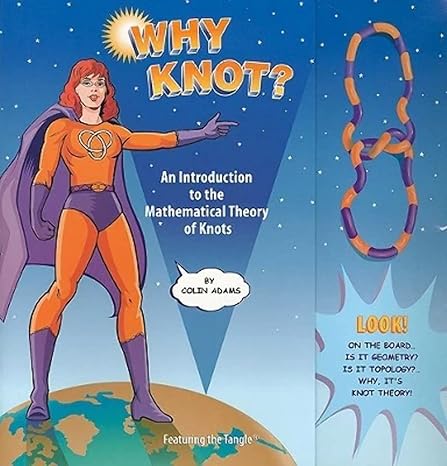[130 total points] For each statement below, say whether it's true or false; if true without further assumptions, briey explain why it's true (and extra credit what its implications are for statistical inference); if it's sometimes true, give the extra conditions necessary to make it true; if it's false, briey explain how to change it so that it's true and/or give an example of why it's false. If the statement consists of two or more substatements and two or more of them are false, you need to explicitly address all of the false substatements in your answer. (A) You're about to spin a roulette wheel, which will result in a metal ball landing in one of 38 slots numbered 9 = {0, 00, 1, 2, . . . , 36}; 18 of the numbers from 1 to 36 are colored red, 18 are black, and 0 and 00 are green. You regard this wheelspinning as fair, by which You mean that all 38 elemental outcomes in Q are equally probable. Under Your assumption of fairness, the classical (PascalFermat) probability of getting a red number on the next spin exists, is unique, and equals %. Under the same conditions as (A), the Kolmogorov (frequentist) probability of getting a red number on the next spin exists, is unique, and equals %. You're a professor; a new student (whom You've never met before) comes to Your ofce on the day before the quarter begins, saying that she (the student) wants to take a class that You're about to teach that quarter, but she's worried she may fail. The Kolmogorov (frequentist) probability that she will fail the class, if she takes it, is undened, because there's no unique 9 on which to base the Kolmogorov probability calculation. In the Bernoulli sampling model, in which (Y1, . . . ,Y,,|6 B) 95' Bernoulli(6), the sum 3,, = 2le y,- of the observed data values y = (y1, . . . ,y,,) is sufcient for inference about (9, and this means that in this model You can throw away the data vector y and focus only on 3,, without any loss of information whatsoever. In learning how to do a good job on the task of uncertainty quantication, it's good to know quite a bit about both the Bayesian and frequentist paradigms, because (a) the Bayesian approach to probability ensures logical internal consistency of Your uncertainty assessments but does not guarantee good calibration, and (b) the frequentist approach to probability provides a natural framework in which to see if Your Bayesian answer is wellcalibrated







